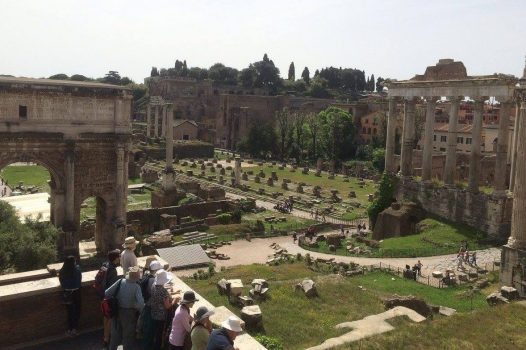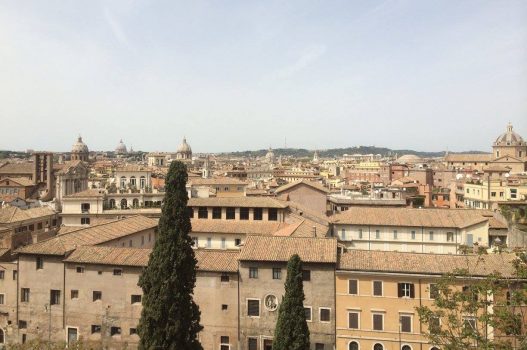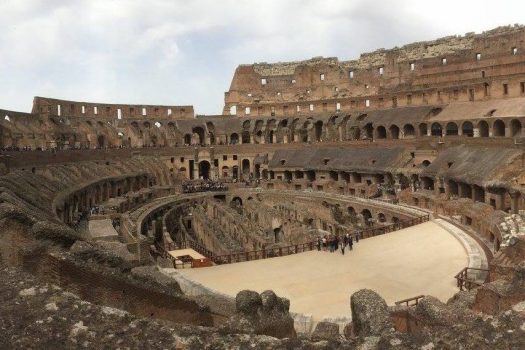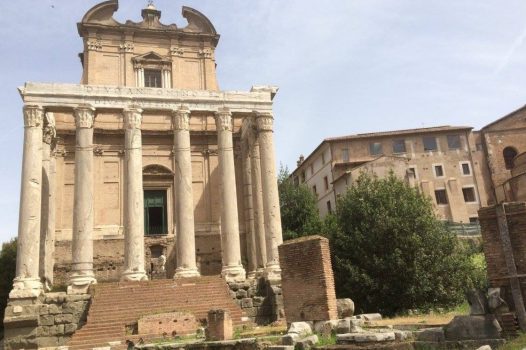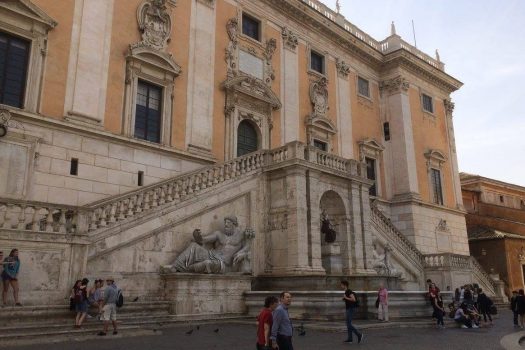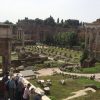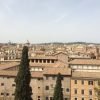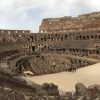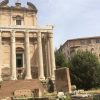History Comes to Life – Rome for School Groups
HIGHLY RECOMMENDED
“I found Rome a city of bricks and left it a city of marble.” Augustus (Roman Emperor 27 BC – AD 14)
Rome – the Italian capital is an exciting destination for school groups. It offers a chance to learn about a diverse array of subjects, with a long and varied history on offer in the city. Students of History and Classics, Art, Architecture, Politics, Philosophy, Religion and Culinary Arts will be in their element.
Evidence of Rome’s long and rich past, as well as its exciting present can be found on every street corner. See students gain a better understanding of their subjects as their textbooks come to life. From the Roman Pantheon and Vatican City, to the cafés, markets and culinary delights of ‘la dolce vita’, there is much to discover!
Read more
Rome’s abundance of attractions along with its rich and varied history make is also a great destination for students of many subjects and provides many cross-curricular learning opportunities.
Dates
2017 dates available on request
Suggested Excursions
The Colosseum
The Colosseum is the largest amphitheatre ever built and a must see for history enthusiasts. You cannot help but be blown away by the vast proportions of the amphitheatre as you enter its interior. It’s incredible to think that this feat of architecture was built between 72 and 80 AD. It is estimated that the Colosseum could hold up to 80,000 spectators for gladiatorial shows and hunts of wild animals. Visitors can learn about the history of the amphitheatre through signs, guided tours and audio tours and horse drawn carriage rides are also available around the entrance to the Colosseum.
Roman Forum and Palatine Hill
The Roman Forum is a rectangular forum surrounded by the ruins of several important ancient government buildings, located next to the Colosseum. Originally a marsh, the Romans drained the area and turned it into a centre of political and social activity. The Forum was the marketplace of Rome and also the business district and ancient city centre. History students will be in their element with the ability to wander around the grounds learning about the different ancient Roman monuments including churches, temples and arches. Highlights include the Temple of Saturn, the Arch of Constantine and the Temple of Caesar, built of the site of Julius Caesar’s cremation. Tours are highly recommended to learn more about the fascinating history, with visitors travelling from all over the world to appreciate the rich cultural heritage and walk in footsteps of Emperors and kings.
The Roman Forum and the Palatine Hill are located in the same archaeological area and one admission provides you with the ability to walk freely between the two. The Palatine Hill, one of the seven Hills of Rome, is located above the Roman Forum and is one of the most ancient parts of the city. The first settlers built their huts on the Palatine Hill, under the direction of Romulus. In later years, the hill became a residential district attracting the nobility and later imperial palaces.
Capitoline Hill
The Capitoline Hill is the smallest and most important of the Seven Hills of Rome and was an early Roman fortress. Rome’s kings built massive temples on the Capitoline Hill which came to symbolise Rome’s position as capital of the ancient world. The beautiful Piazza del Campidoglio, designed by Michelangelo, can be reached from the bottom of the hill by ascending the majestic Cordonata stairs. The square is bordered by three palazzos, all with facades designed by Michelangelo. At the centre is the Palazzo Senatorio, the city hall of Rome, whilst the Palazzo Nuovo and Palazzo dei Conservatori are home to the Capitoline Museums. After exploring the museums, school groups can soak up the atmosphere in the large piazza and visit the Caffè Capitolino, a hidden gem on the right side of the Palazzo dei Conservatori for covered outdoor dining and a large terrace with stunning views across the city’s skyline.
The Vatican City
A history trip to Rome would be incomplete without exploring the Vatican City. It is not only a place of huge religious significance, being the centre of the Roman Catholic Church but it also holds huge political and historical significance as the Church maintains its influence across the world and has played a part in many historical events. The smallest country in the world is well set up for school groups as it can be explored on foot, covering only 0.17 square miles and is highly accessible, being located in North West Rome.
St Peter’s Basilica and Square
St Peter’s Basilica is the world’s largest church and renowned for its magnificent Renaissance architecture. Climb to the top of the dome for 360 degree views of St Peter’s Square and the city of Rome. Take a guided tour or use audio guides around the treasury containing ornaments, statues and impressive artworks. You can also visit the Vatican grottoes, a vast underground crypt where many Popes are buried. On Sundays at noon, when the Pope is in residence, he usually appears at the window to pray and bless the crowd in St Peter’s Square.
The Vatican Museums including the Sistine Chapel
The Vatican Museums are an enormous complex, composed of more than two dozen artistic collections, any of which could be a self-sustaining gallery in themselves! The museums house many priceless works of art and galleries of sculpture, tapestries and frescoes, such as the Raphael Rooms. The Sistine Chapel, one of the most famous tourist attractions in the world, is also located here. When you walk into the chapel you cannot help but be amazed by Michelangelo’s stunning, intricate and beautiful frescoes covering the walls and ceiling. Scenes from Genesis are depicted in dramatic and moving detail, while The Last Judgement on the end wall is striking and powerful. However, the Sistine Chapel is more than just an artistic marvel; it is a symbolic statement of Papal authority and the place in which Papal elections are held to this day.
Suggested hotels
We have a varied selection of accommodation options in Rome, including hotels and hostels in the city and the surrounding suburbs to suit your school’s requirements and budget. Please contact us for further details
City tax – A local city tax is payable per passenger per night directly to the hotel, varying according to accommodation standard. The current rates are as below adn valid for a maximum of 10 nights. 1 star hotel € 3,00 per person per night, 2 star hotel € 3,00 per person per night, 3 star hotel € 4,00 per person per night, 4 star hotel € 6,00 per person per night, 5 star hotel € 7,00 per person per night
Greatdays pride themselves on tailor-making all our tours to suit your school’s individual requirements and requests. Tours are based upon your preferred number of students and accompanying staff, travel options, package inclusions and most importantly budget. Our experienced product staff have a wealth of knowledge of the city and will produce an individualised package for your school.
| 4 days | |
| Jan – Dec 2017 | Prices on request |


